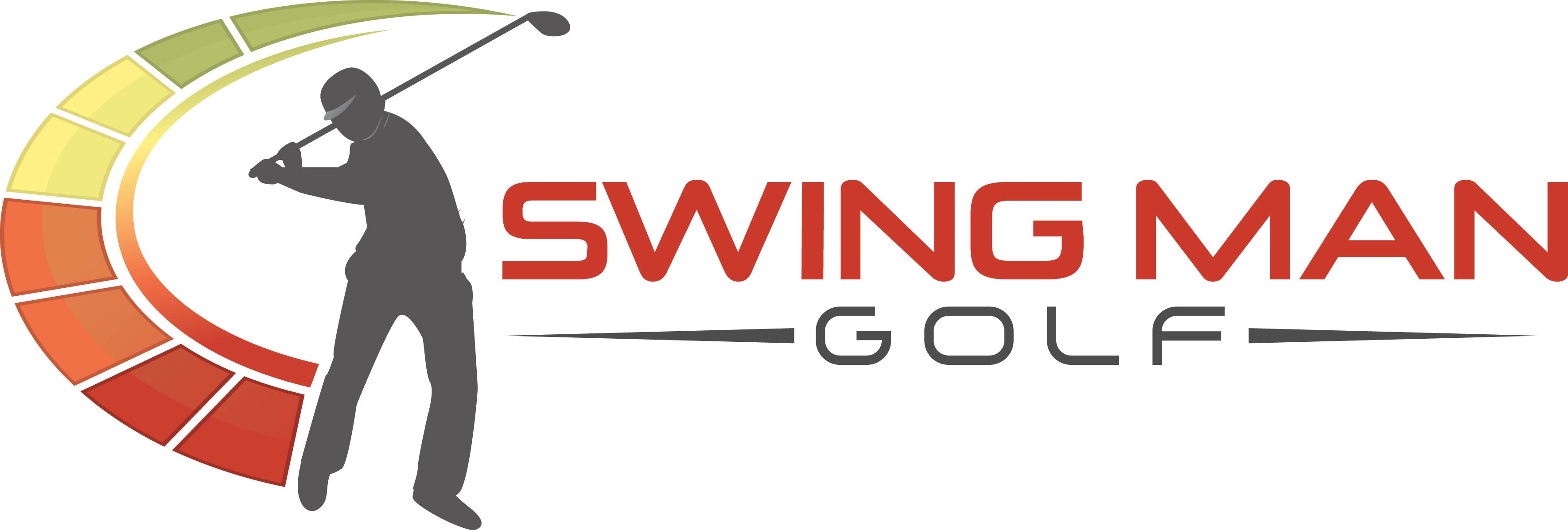Just because you’ve been custom fit for clubs, you may not be entirely done with the fitting process.
For example, one time I went to get fitted for a new set of irons. The fitter had me hit a few balls using a 6-iron with a piece of tape attached to the bottom of the club. Based on where the scuff mark was showing up on the tape from me hitting the ground, the fitter new whether or not to bend the lie angle of the club more upright or more flat in order that the sole of the club ground squarely. Once he had tested the 6-iron, he then knew how much to bend all the other irons in the set accordingly.
However, a problem occurred when I went out to the course. Although my 6-8 irons were pretty straight, I noticed I was missing my 3-5 irons to the right…and I was missing my 9-iron and wedges to the left. I assumed that since I had been “fit” for clubs, that the reason I was having these misses was due to a problem in my swing. But as I later found out after a lot of heart ache, this was not the case!
You see, with the typical increase in length of the club from your wedges to 3-iron, the lie angles of the clubs also get flatter. In general, there is an industry “standard” lie angle progression if you were to plot these numbers on a graph. What I did not realize is that the slope of my plot was actually flatter than the industry standard…meaning my long irons are more upright than normal, and my short irons are flatter than normal.
After a few trips back and forth to the club fitter, I was able to toggle in my lie angles until I could make roughly the same swing with each club and would get a primarily straight ball flight all the way through the bag.
You may not have the same lie angle slope as me, but I think the point of this email is twofold:
1) Even after being fit for clubs, you may not be done with the fitting process. Based on your new clubs performance, you may have to provide additional feedback to your club fitter so that he or she can make minor tweaks to optimize and enhance their performance. After all, what happens out on the course isn’t always what happens during testing in the golf shop.
2) Regardless of whether or not you’ve been fit or not, often times you can change the characteristics of your ball flight simply by adjusting the lie angles on your clubs. If you tend to slice, make those particular irons more upright. If you miss left (for a right-hander), make those irons flatter. If you are fit properly, you really should be able to make the same swing with each iron and get a consistent ball flight.
Here’s to your consistency!
If you liked the article about the lie angles and you think it would help another golfer, please
To learn more about Swing Man Golf products, click here.
